OECD’s latest Interim Economic Outlook report presents a cautiously optimistic upgrade in global growth forecasts for 2024 to 2.9% (up from November’s 2.7% forecast), a notable uplift largely attributed to stronger performance of US economy.
“Some moderation of growth” from 2023 is expected, under the influence of tighter financial conditions affecting credit and housing markets, alongside a subdued global trade dynamics. Recent attacks on ships in the Red Sea have introduced further volatility and exert upward pressure on prices.
Despite some moderation in growth and the ongoing adjustments to tighter financial conditions, OECD cautions that it is “too soon to be sure that underlying price pressures are fully contained.” Labor markets showing signs of equilibrium bring a positive note, yet the persistently high unit labor cost growth looms as a challenge for meeting medium-term inflation targets.
The specter of high geopolitical tension, particularly in the Middle East, poses a “significant near-term risk to activity and inflation”, with potential disruptions in energy markets likely to have far-reaching consequences. Furthermore, persistent service price pressures could lead to inflation surprises, necessitating reevaluation of monetary policy easing expectations. On the other hand, growth could be weaker if effects of past monetary tightening are stronger than expected.
Here are some details.
- Global growth forecast for 2024 raised up by 0.2% to 2.9%. 2025 unchanged at 3.0%.
- US growth forecast for 2024 raised by 0.6% to 2.1%. 2025 unchanged at 1.7%.
- Eurozone growth forecast for 2024 lowered by -0.3% to 0.6%, 2025 down by -0.2% to 1.3%.
- Japan’s growth forecast for 2024 unchanged at 1.0%. 2025 lowed by -0.2% to 1.0%.
- China’s growth forecast for 2024 unchanged at 4.7%. 2025 unchanged at 4.2%.




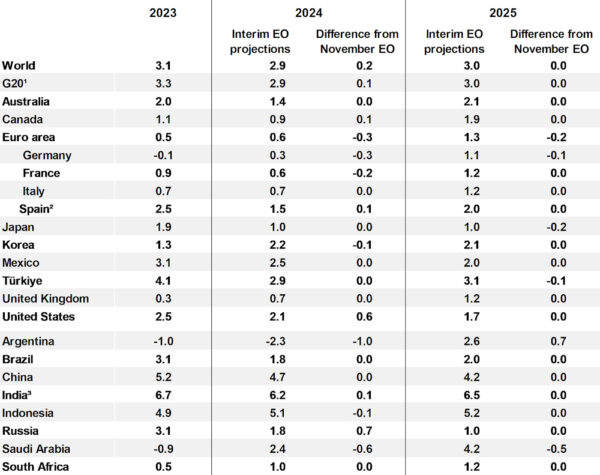
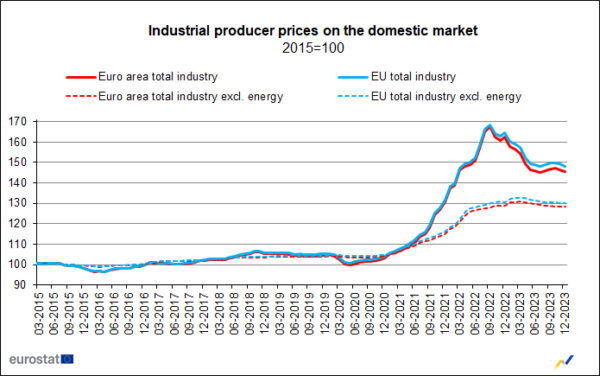
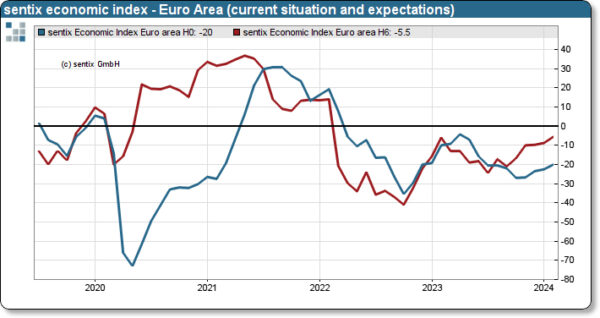
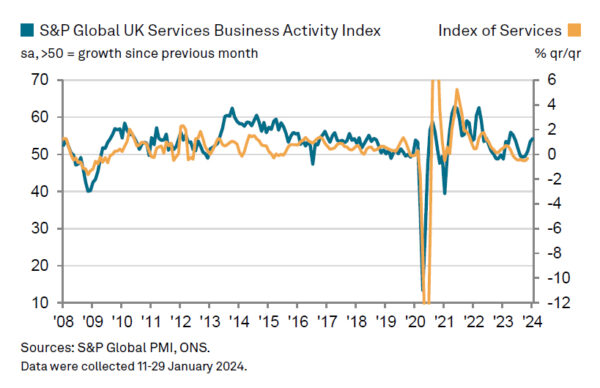
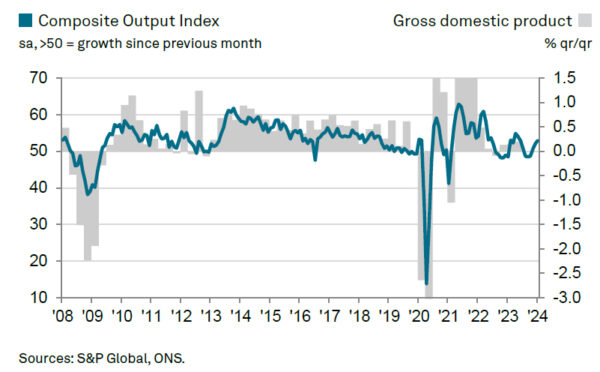
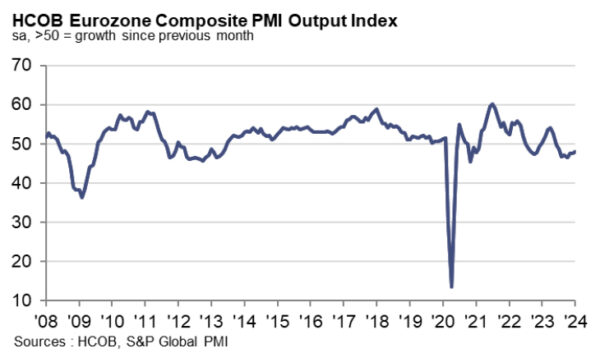
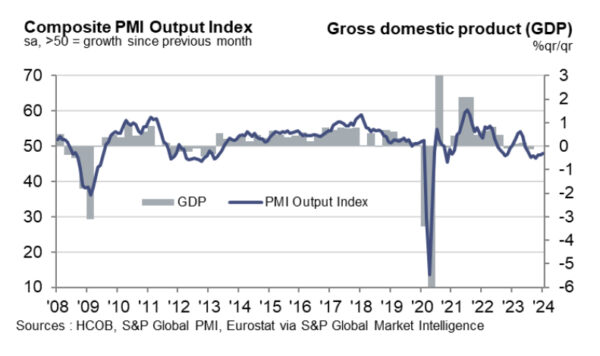
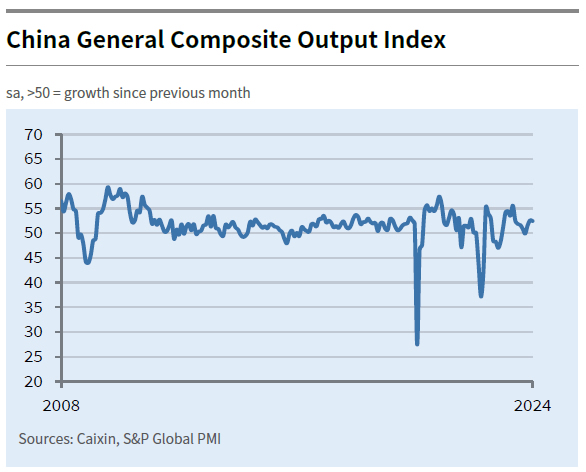
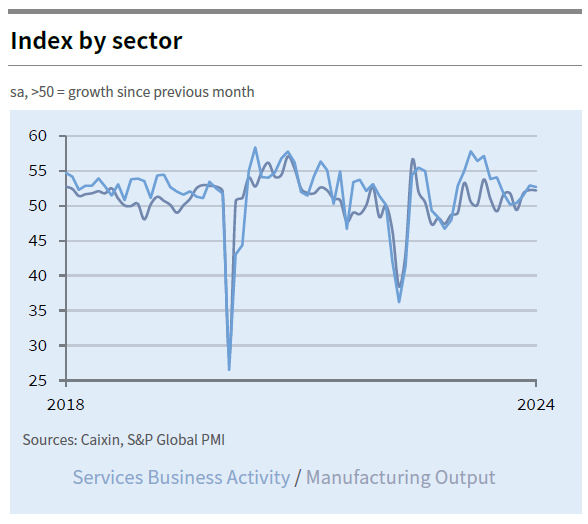
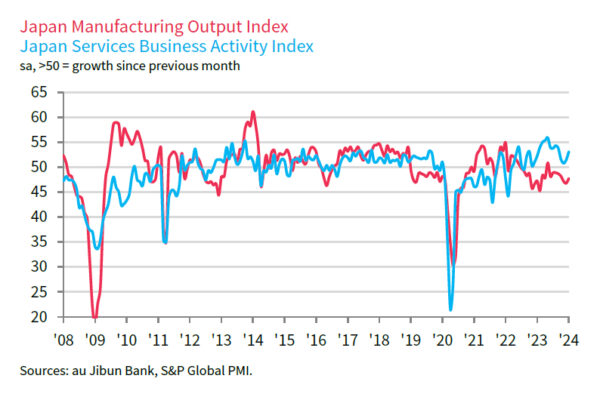
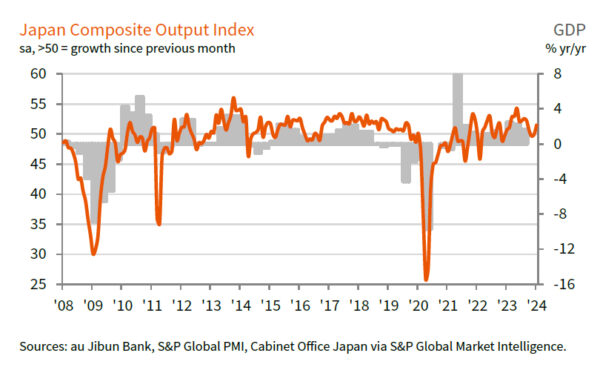
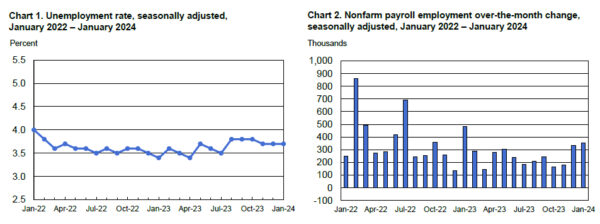
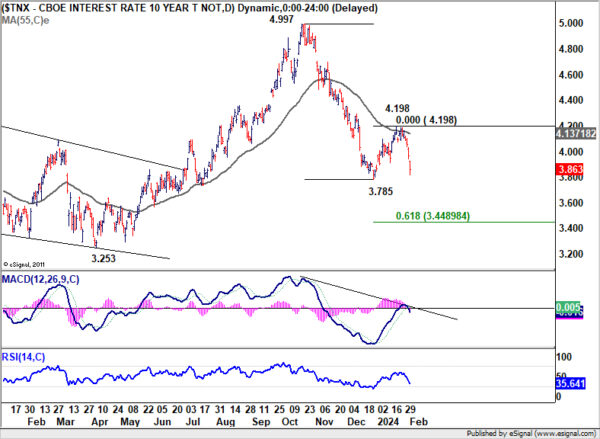
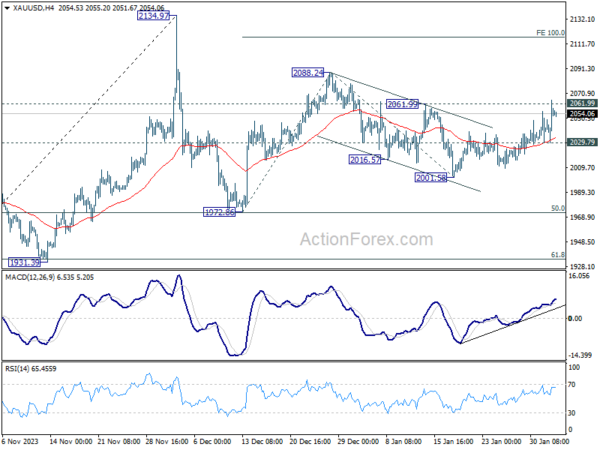
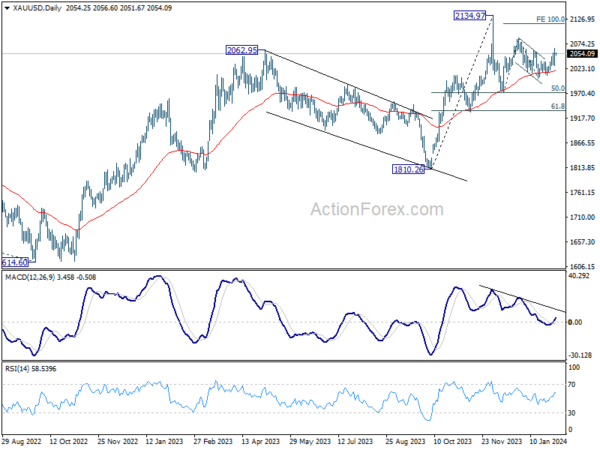
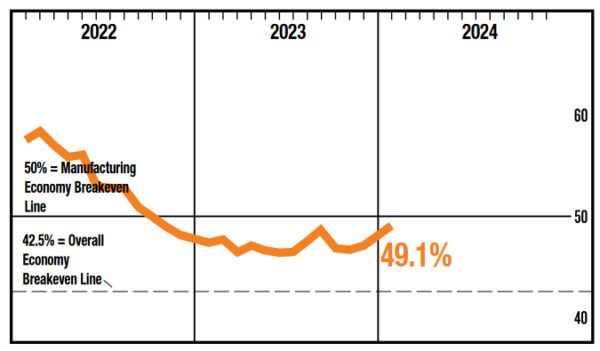
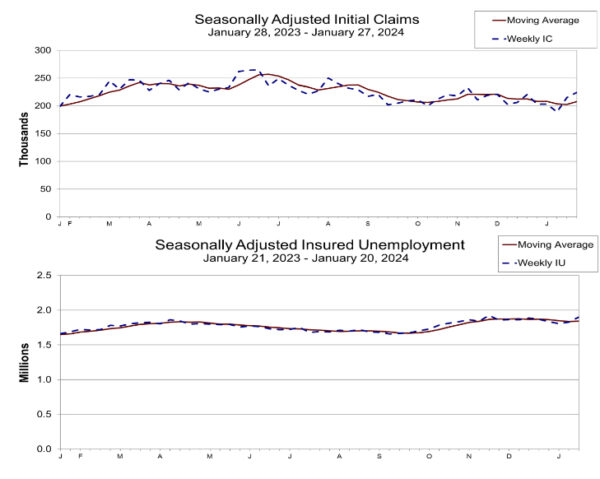
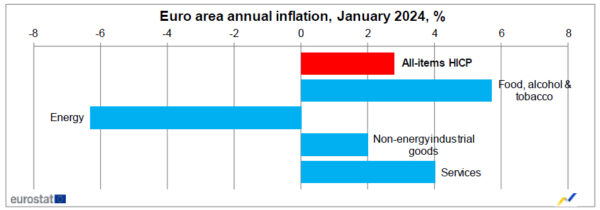
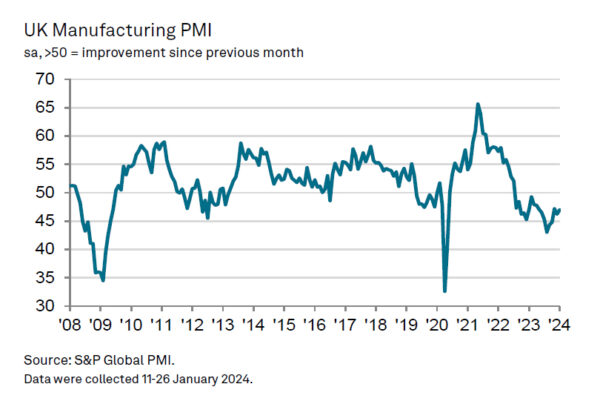

Fed’s Kashkari: Monetary policy may not be as tight as assumed
Minneapolis Fed President Neel Kashkari argued in an essay that Fed’s current monetary policy stance “may not be as tight as we would have assumed”. This would afford Fed valuable leeway to sift through incoming economic data before deciding on any reduction to the federal funds rate. More importantly, that’s “with less risk that too-tight policy is going to derail the economic recovery”.
Kashkari pointed out a dual phenomenon observed since September: Swift decline in inflation rates alongside a “remarkably resilient” economic growth, which even accelerated in the latter half of 2023. This trend challenges the conventional expectation that tight monetary policy, aimed at curbing inflation, would necessarily result in weakened economic growth and labor market conditions, including spikes in unemployment.
“But that is not what we have experienced in recent quarters,” Kashkari observed.
He suggests that the decrease in inflation may be largely attributed to improvements on the supply side, which have enhanced production capabilities and helped realign supply and demand, thus mitigating inflationary pressures.
Full essay of Fed Kashkari here.